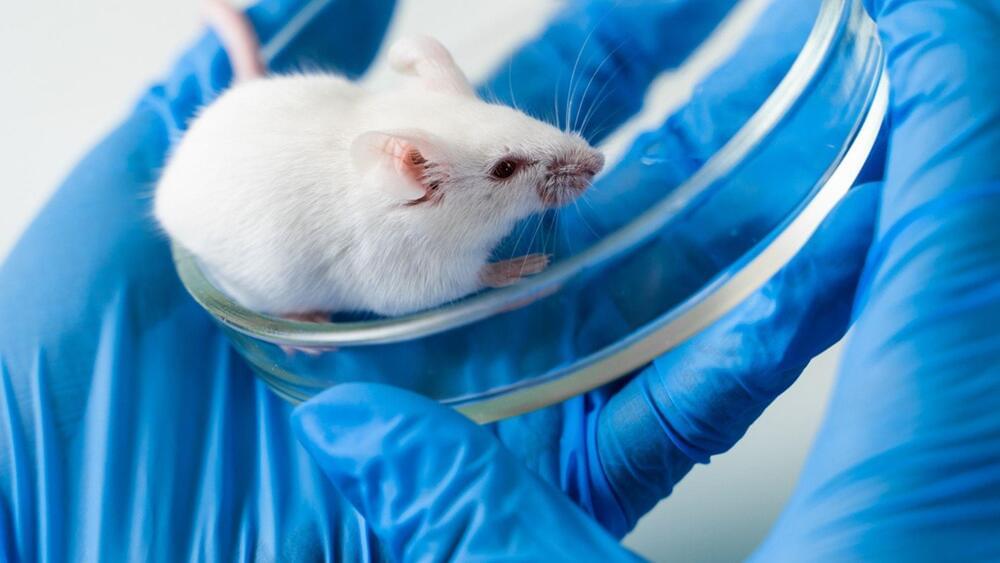A new USC Stem Cell study published in the Proceedings of the National Academy of Sciences has identified key gene regulators that enable some deafened animals—including fish and lizards—to naturally regenerate their hearing. The findings could guide future efforts to stimulate the regeneration of sensory hearing cells in patients with hearing loss and balance disorders.
Led by first author Tuo Shi and co-corresponding authors Ksenia Gnedeva and Gage Crump at the Keck School of Medicine of USC, the study focuses on two cell types in the inner ear: the sensory cells that detect sound, and the supporting cells that create an environment where sensory cells can thrive.
In highly regenerative species such as fish and lizards, supporting cells can also transform into replacement sensory cells after injury—a capacity absent in humans, mice and all other mammals.









